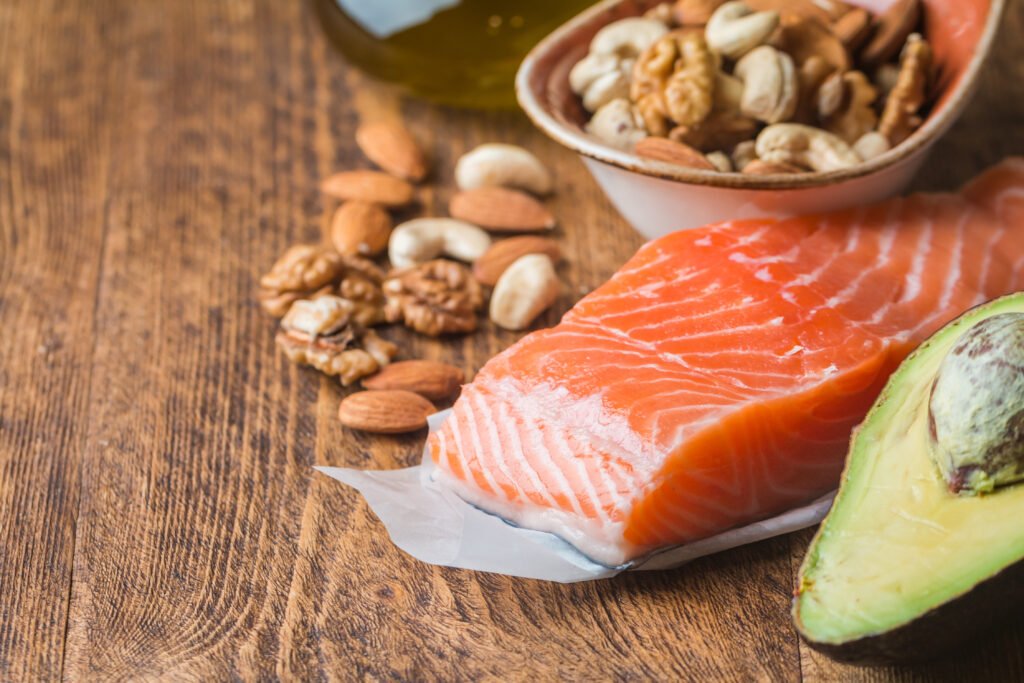Protein Intake Calculator
This tool estimates how much protein your body needs daily based on your weight, activity level, and goals. Whether you’re aiming to lose fat, build muscle, or simply maintain your health, getting enough protein is essential.
Why It Matters
Protein plays a critical role in preserving lean muscle mass, supporting metabolism, and keeping you fuller for longer. For those on GLP-1 medications—like Ozempic or Wegovy—this is especially important. These medications can cause rapid weight loss, and without sufficient protein, that weight loss may include valuable muscle tissue.
Not all protein is created equal. Whether you’re trying to hit your daily target from whole foods or supplements, here’s a breakdown of common protein types—and some easy ways to get them in.
1. Animal-Based Proteins
These are complete proteins, meaning they contain all essential amino acids your body needs to build and maintain muscle.
Examples:
Chicken breast
Turkey
Eggs
Greek yogurt
Lean beef
Salmon and other fish
These are high-quality, easily absorbed, and very effective for muscle maintenance and satiety.
2. Whey Protein
Whey is a fast-digesting protein derived from milk. It’s ideal for post-workout recovery or anyone needing a quick and easy boost during the day.
Try:
Whey protein isolate or concentrate (in shakes or smoothies)
Clear whey drinks (lighter texture and flavor)
Whey protein bars (watch for added sugars)
Whey is especially effective at triggering muscle protein synthesis due to its high leucine content.
3. Casein Protein
Casein is another milk-derived protein, but it digests much more slowly than whey. This makes it a great option for nighttime or long gaps between meals.
Try:
Casein protein powder (before bed or as a pudding-like shake)
Cottage cheese (a whole-food casein source)
It helps preserve muscle during fasting periods, making it useful for those with reduced appetite on GLP-1 meds.
4. Soy Protein
Soy is a plant-based complete protein and a popular option for vegetarians and vegans.
Try:
Soy protein powder
Tofu
Tempeh
Edamame
Soy is well-researched and supports muscle maintenance, though some people may prefer to vary their plant sources for broader nutrition.
5. Other Plant-Based Proteins
These often need to be combined to get a full amino acid profile, but they’re still great options—especially for those avoiding dairy or meat.
Try:
Pea protein powder
Lentils
Chickpeas
Quinoa
Chia seeds
Hemp protein
Rice protein (often blended with pea protein for balance)
Look for blends like pea + rice protein to ensure you’re getting all the essential amino acids.

Why Protein is Crucial for GLP-1 Users
GLP-1 meds reduce appetite, making it harder to meet protein needs through food alone. Prioritizing protein helps protect your lean mass, which is key to maintaining strength, mobility, and long-term metabolic health. Getting enough protein can also help reduce muscle loss and improve body composition during fat loss.